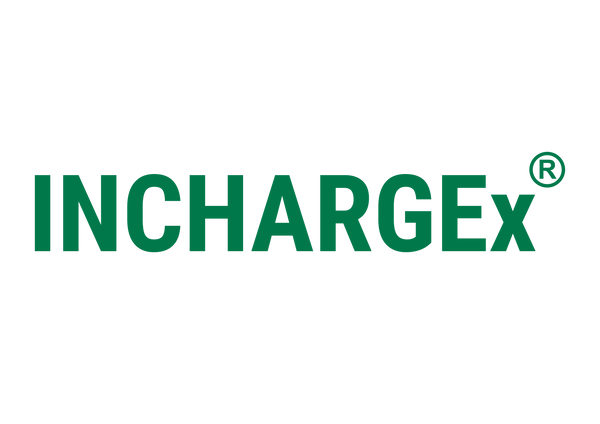Audi Q8 e-tron Charge Spec and Overview

Audi Q8 e-tron Overview
The Audi Q8 e-tron is the latest update to Audi’s electric SUV range, which initially launched in 2019. This model features significant improvements in battery capacity, charging efficiency, and motor performance compared to previous versions. It is available in two body styles: SUV and Sportsback, both boasting advanced electric vehicle technology.
Battery Capacity
-
Q8 e-tron:
- Gross Capacity: 114 kWh
- Usable Capacity: 106 kWh
Energy Consumption (WLTP Test Cycle)
- Q8 e-tron SUV: 24.4 kWh/100 km
AC Charging Max Rates (1-phase and 3-phase)
- Single-phase (7.4 kW max): Charging time from 0 to 100% is approximately 15.5 hours.
- Three-phase (11 kW max): Charging time from 0 to 100% is approximately 10.5 hours.
- 22 kW Three-phase option: Available, reducing charging time to 5.25 hours.
DC Fast Charging
- The Audi Q8 e-tron supports DC fast charging using the CCS2 connector:
- Max DC Charging Speed: 150 kW
- Charging from 0 to 80% in 37 minutes.
V2X Capability
- The Audi Q8 e-tron does not support V2L (Vehicle to Load), V2H (Vehicle to Home), or V2G (Vehicle to Grid) functionalities.
Approximate Charging Times
| Charging Method | 71 kWh e-tron | 95 kWh e-tron | 114 kWh Q8 e-tron |
|---|---|---|---|
| 10A Powerpoint | 31 hours | 41 hours | 50 hours |
| 15A (Caravan Outlet) | 20 hours | 26.5 hours | 32 hours |
| 32A (1-phase Home) | 9.6 hours | 13 hours | 15.5 hours |
| 11kW (3-phase) | 6.5 hours | 8.6 hours | 10.5 hours |
| 22kW (3-phase) | 3.25 hours | 4.3 hours | 5.25 hours |
| DC Fast Charging 50kW | 68 minutes | 91 minutes | 110 minutes |
| DC Fast Charging 150kW | 23 minutes | 30 minutes | 37 minutes |
Disclaimer
The information provided above is intended as a general guide only. While every effort has been made to ensure the accuracy of the data, we do not guarantee its accuracy or completeness. Specifications and charging times may vary based on several factors, including vehicle configuration, environmental conditions, and the type of charging infrastructure available. Please confirm with the vehicle manufacturer for the most up-to-date information before making any decisions or purchases.
Blog posts
View all-

Australia's EV Bargain Hunt: Geely EX2 Arrives ...
Did you know Australia's EV market is exploding with affordable options like the Geely EX2, potentially landing under $25,000 and undercutting rivals like the BYD Atto 1? With sales surging...
Australia's EV Bargain Hunt: Geely EX2 Arrives ...
Did you know Australia's EV market is exploding with affordable options like the Geely EX2, potentially landing under $25,000 and undercutting rivals like the BYD Atto 1? With sales surging...
-
Unlock Bidirectional EV Charging: Power Your Au...
Imagine your EV not just getting you from A to B, but powering your home during a blackout or slashing your energy bills? With new bidirectional chargers launching across Australia,...
Unlock Bidirectional EV Charging: Power Your Au...
Imagine your EV not just getting you from A to B, but powering your home during a blackout or slashing your energy bills? With new bidirectional chargers launching across Australia,...
-

Unlock Australia's Outback: How Portable EV Cha...
Did you know nearly two-thirds of Aussie towns don't have a public EV charger within 5 km? Don't let that stop your adventures—portable chargers are flipping the script on range...
Unlock Australia's Outback: How Portable EV Cha...
Did you know nearly two-thirds of Aussie towns don't have a public EV charger within 5 km? Don't let that stop your adventures—portable chargers are flipping the script on range...
-

Australia's EV Bargain Boom: Score Under $30K R...
Did you know affordable EVs like the BYD Atto 1 could hit Aussie roads for just $25K, making electric driving cheaper than ever? With sales surging amid new models, why...
Australia's EV Bargain Boom: Score Under $30K R...
Did you know affordable EVs like the BYD Atto 1 could hit Aussie roads for just $25K, making electric driving cheaper than ever? With sales surging amid new models, why...



